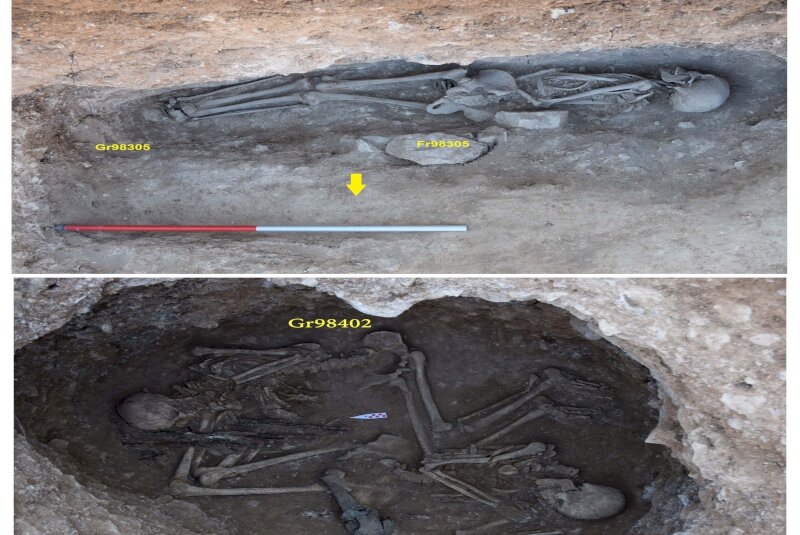DNA obtained from ancient skeletons found in northern Iran

TEHRAN – DNA samples have been extracted from some ancient skeletons being unearthed in Liar-Sang-Bon, an archaeological site and cemetery in Amlash region, Gilan province, northern Iran.
“Research being conducted on the skeletons discovered at Liar-Sang-Bon reveals that they date back to the Parthian (247 BC – 224 CE) and Sassanid (224 CE-651) periods,” CHTN quoted Vali Jahani, the deputy provincial tourism chief, as saying on Thursday.
“The latest studies and experiments on the discovered skeletons, which have been performed by experts from the University of California, and the University of Copenhagen in Denmark, show all the skeletons discovered at this ancient site have Amlash DNA [the samples demonstrate they were natives to the region],” the official said.
Liar-Sang-Bon was initially identified in [the Iranian calendar year] 1391 (March 2012-March 2013) while its related mapping and demarcating projects were completed in 1393 and its first season of excavation commenced in 1395, according to Jahani.
“The archaeological site of Liar-Sang-Bon is one of the most significant cemeteries in Gilan. And the site underwent an exact five-year archaeological survey, which was started in 1391 under my supervision…. The result was the discovery of about 100 ancient tombs, a considerable number of historical objects, and very important information about the style and custom of burial of the people of that period,” Jahani explained.
“By conducting dating experiments in a comparative method, it was determined that the ancient site of Liar-Sang-Bon dates back to the Parthian and Sassanid periods.”
However, the site was partly looted by antique seekers during a two-year gap in archaeological seasons, the senior archaeologist noted in 2018.
Amlash, now a county in Gilan province, was a small village in southeastern Gilan in 1959. The name originates from the nearby Alborz valleys where archaeological artifacts were discovered during excavations. The artifacts range in date from the late second millennium BC through the Partho-Sasanian period, but most of the objects are dated to the 9th-8th century BC.
Dating and meaning of the known objects (bronze weapons and animal figurines, human statuettes of terra cotta and bronze, pottery animal effigy vases, and burnished black, gray, or orange pottery vessels) is complicated by insufficient archaeological contexts.
Bounded by the Caspian Sea and the Republic of Azerbaijan on the north, Gilan, in the far past, was within the sphere of influence of the successive Achaemenid, Seleucid, Parthian, and Sassanid empires that ruled Iran until the 7th century CE.
Sophisticated Rasht, capital of Gilan province, has long been a weekend escape for residents of Tehran who are looking to sample the famous local cuisine and hoping for some pluvial action – it's the largest, and wettest town in the northern region. Gilan is divided into a coastal plain including the large delta of Sefid Rud and adjacent parts of the Alborz mountain range.
AFM/
Leave a Comment